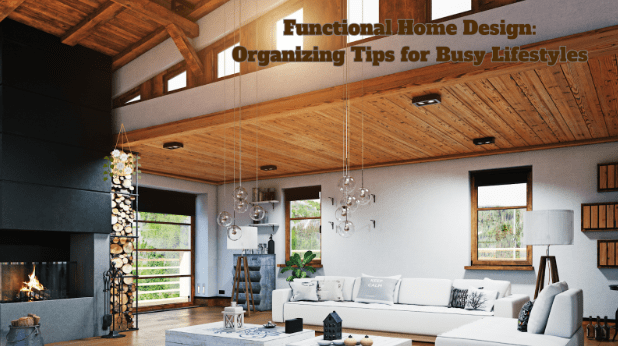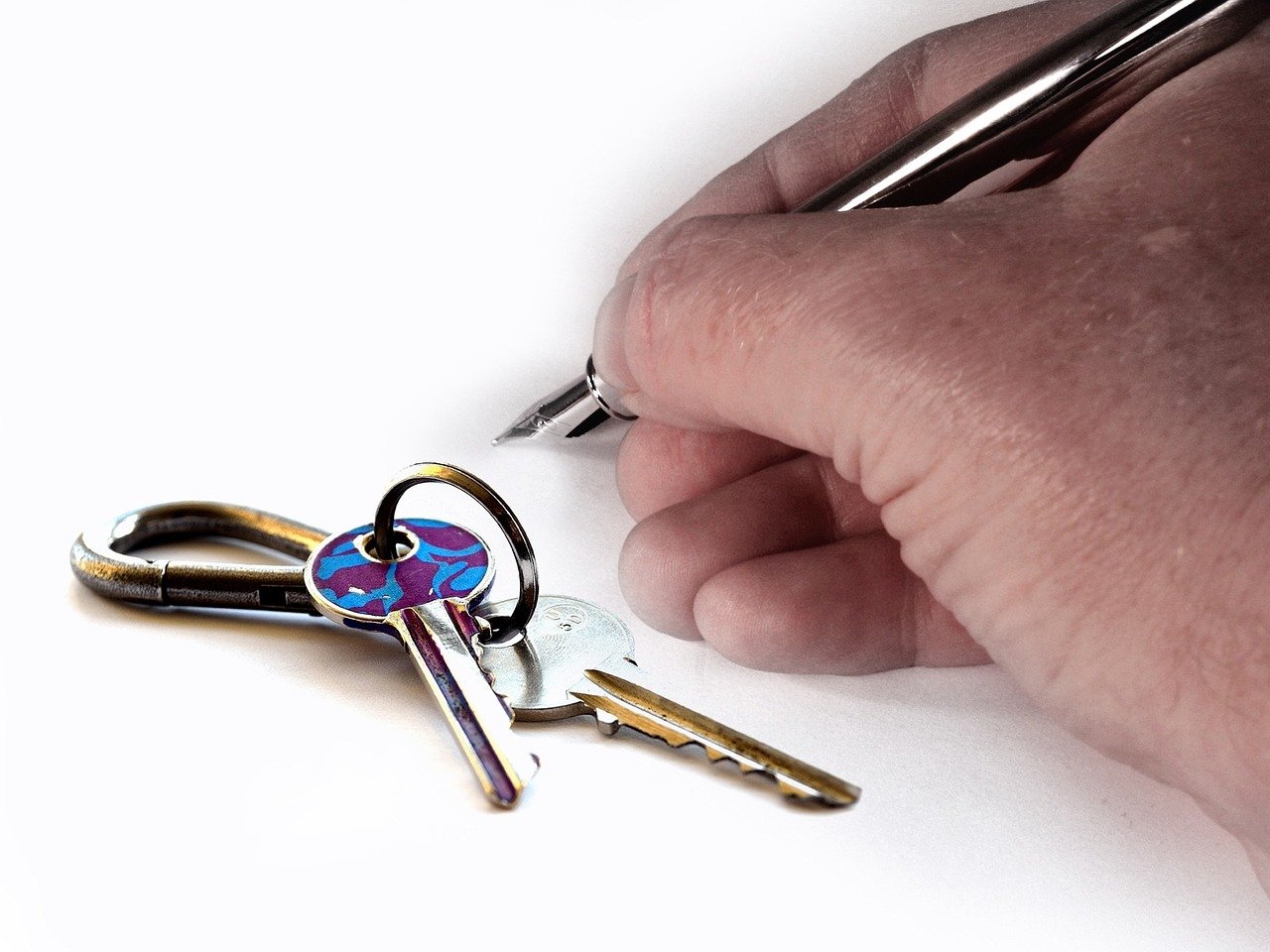Our homes have become sanctuaries where we seek refuge from the hustle and bustle of daily life. However, cluttered and disorganized living spaces can quickly diminish this sense of tranquility, leading to increased stress and decreased productivity. Enter the growing trend towards functional home design—an approach that prioritizes minimalism and efficiency, creating a harmonious environment tailored to our hectic lifestyles.
A recent study found that 78% of millennials prefer to spend money on experiences over material goods, indicating a shift towards minimalism and functionality in home design.
Embracing this philosophy enables us to transform our living spaces into oases of calm and organization, enhancing our overall well-being and making the most of our limited time.
1. Strategic Storage Solutions
The cornerstone of a functional home lies in strategic storage solutions that optimize space usage. Gone are the days of bulky, single-purpose furniture; today’s homeowners are embracing multifunctional pieces that seamlessly integrate storage into their design. From built-in units that make the most of every nook and cranny to modular systems that adapt to changing needs, these innovative solutions are revolutionizing the way we organize our living spaces.
Multifunctional furniture sales are expected to grow by 3.79% annually, reaching $765.00 billion by 2024, as homeowners seek to optimize limited space.
Consider investing in a sleek, wall-mounted storage unit in your living room, or a cleverly designed ottoman that doubles as a storage chest. In the bedroom, opt for a platform bed with built-in drawers or a dresser with a fold-out desk, maximizing functionality without compromising style.
By blending functional design with practical organization tips, a home that supports even the busiest of lifestyles. While choosing the living room sectional sets, it’s important to consider various factors such as style, size, comfort, and functionality to ensure it meets your needs and complements your home decor. These sectional couch sets can be rearranged to suit various needs, from family gatherings to solo relaxation, maximizing space and utility.
2. Streamlining Daily Routines
One of the key advantages of a well-organized home is the ability to streamline daily routines, saving precious time and reducing stress. By designating specific activity zones within your living space, you can create a seamless flow between tasks, minimizing the need to search for items or navigate cluttered areas.
Elevating your home’s ambiance can be achieved with a few simple yet impactful steps that also add value to it. 60% of homeowners say that having a dedicated home office space has improved their work-life balance and productivity.
For example, a dedicated workspace can boost productivity and help separate work from leisure time, while a designated fitness area can motivate you to prioritize your health and wellness. Thoughtfully arranging these zones can create a sense of order and efficiency that permeates your daily life.
3. Technology Integration for Efficiency
In our increasingly connected world, technology has become an indispensable ally in streamlining home management and organization. From smart home assistants that can manage your schedules and control your appliances, to apps that help you stay on top of household tasks, integrating technology into your functional home design can elevate efficiency to new heights.
The global smart home market is projected to reach $462.94 billion by 2030, driven by the increasing adoption of home automation technologies.
Imagine being able to control your home’s lighting, temperature, and security systems with a simple voice command or a tap on your smartphone. Consider the convenience of having a centralized app that reminds you of upcoming appointments, grocery lists, and household chores, ensuring nothing slips through the cracks.
4. Decluttering Techniques
No matter how innovative your storage solutions are or how advanced your technology is, maintaining a functional home ultimately relies on regular decluttering. With the average American home containing a staggering 300,000 items, it’s easy for clutter to accumulate and overwhelm even the most organized spaces.
To keep your home clutter-free, adopt techniques like the one-minute rule, which encourages you to put away any item that can be stored within a minute of picking it up. Alternatively, the five-box method involves sorting your belongings into five categories such as, keep, donate, sell, trash, and storage, making the decluttering process more manageable.
The average American home contains 300,000 items, highlighting the need for regular decluttering to maintain a functional living space.
Making decluttering a regular habit helps create a more organized and visually appealing environment, fostering a sense of mental clarity and reducing stress levels.
5. Design Choices That Promote Organization
While functionality should be the driving force behind your home design, it doesn’t have to come at the expense of aesthetics. Certain design choices can actively promote organization and a sense of calm within your living space.
Consider incorporating calming colors like blue and green, which have been shown to have a soothing effect and encourage focus—ideal for creating an environment conducive to productivity and organization.
Colors like blue and green have been shown to have a calming effect and encourage focus, making them ideal choices for organized spaces.
Additionally, embrace design elements that are both stylish and functional, such as transparent storage containers that allow you to see their contents at a glance, or a well-crafted labeling system that ensures every item has a designated place.
6. Maintaining an Organized Home with Children
For families with children, maintaining a functional and organized home can be particularly challenging. However, with the right strategies in place, it’s possible to create a harmonious living space that promotes order and reduces stress for everyone involved.
Start by involving your children in the organization process, assigning them age-appropriate tasks and responsibilities. This not only instills a sense of ownership but also teaches valuable life skills. Additionally, invest in storage solutions that cater to their needs, such as color-coded bins or low-to-the-ground shelving units that make it easier for little ones to tidy up after themselves.
73% of parents say that having an organized home helps reduce stress and anxiety in their family.
Making organization a family affair not only creates a more functional living space but also fosters a sense of teamwork and responsibility that will benefit your children for years to come.
Conclusion
A functional and organized home is no longer a luxury but a necessity. By strategic storage solutions, streamlining daily routines, integrating technology, practicing regular decluttering, and making thoughtful design choices, you can transform your living space into a sanctuary of calm and efficiency.
Imagine coming home to a clutter-free environment where every item has its designated place, and your daily tasks flow seamlessly from one to the next. Envision the sense of calm that comes from living in a space that not only looks beautiful but also functions optimally, reducing stress and maximizing productivity.
Take the first step towards a more functional home today, and experience the transformative power of organization in your everyday life. Embrace the trend towards minimalism and efficiency, and create a living space that truly supports your busy lifestyle.
Start your journey towards a more organized and functional home by booking a consultation with our team of professional organizers and interior designers. Together, we’ll assess your unique needs and develop a customized plan to transform your living space into a haven of tranquility and efficiency.
FAQs
1. What are the first steps to take when trying to organize a home with limited space?
When faced with limited space, the first step is to declutter ruthlessly. Go through your belongings and donate or discard anything you no longer need or use. Next, maximize your vertical space by installing shelving units or hanging organizers. Finally, invest in multifunctional furniture pieces that can serve multiple purposes, such as a storage ottoman or a bed with built-in drawers.
2. How often should I reorganize or declutter my home to keep it functional?
While there’s no one-size-fits-all answer, most experts recommend a thorough decluttering and reorganization at least once or twice a year, such as at the start of each season. Additionally, make it a habit to do a quick decluttering sweep every few weeks to prevent clutter from accumulating.
3. Can functional design still reflect personal style and aesthetics?
Absolutely! Functional design doesn’t have to be boring or sterile. By carefully selecting colors, textures, and accent pieces that align with your unique style, you can create a living space that is both organized and stylish.













